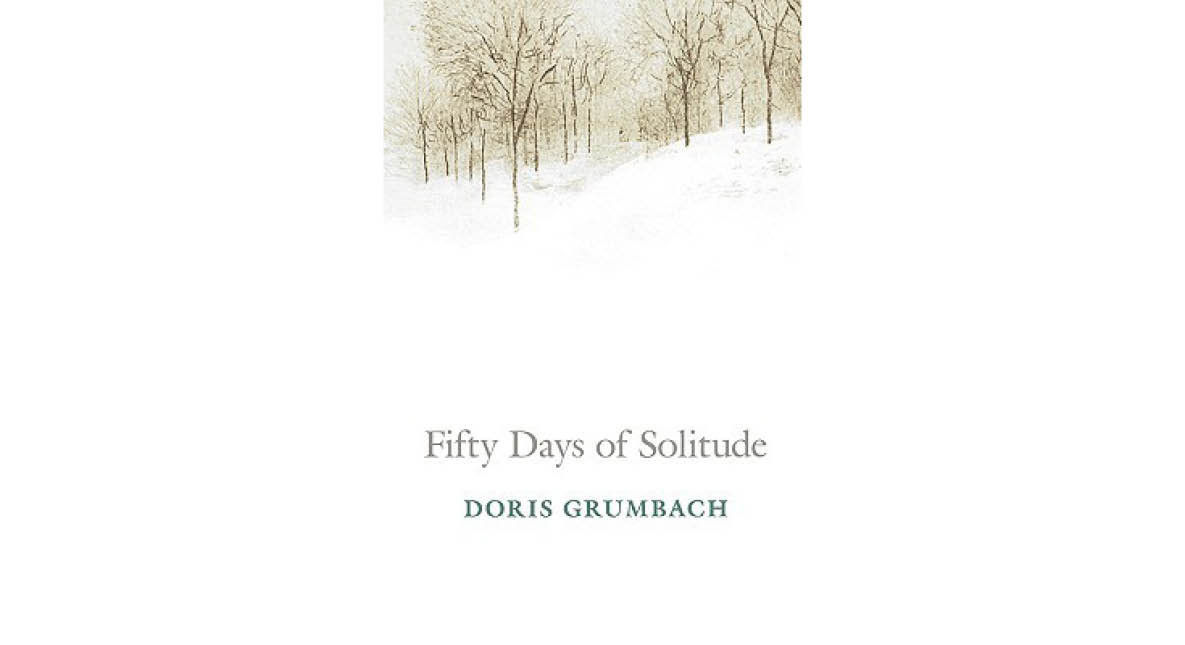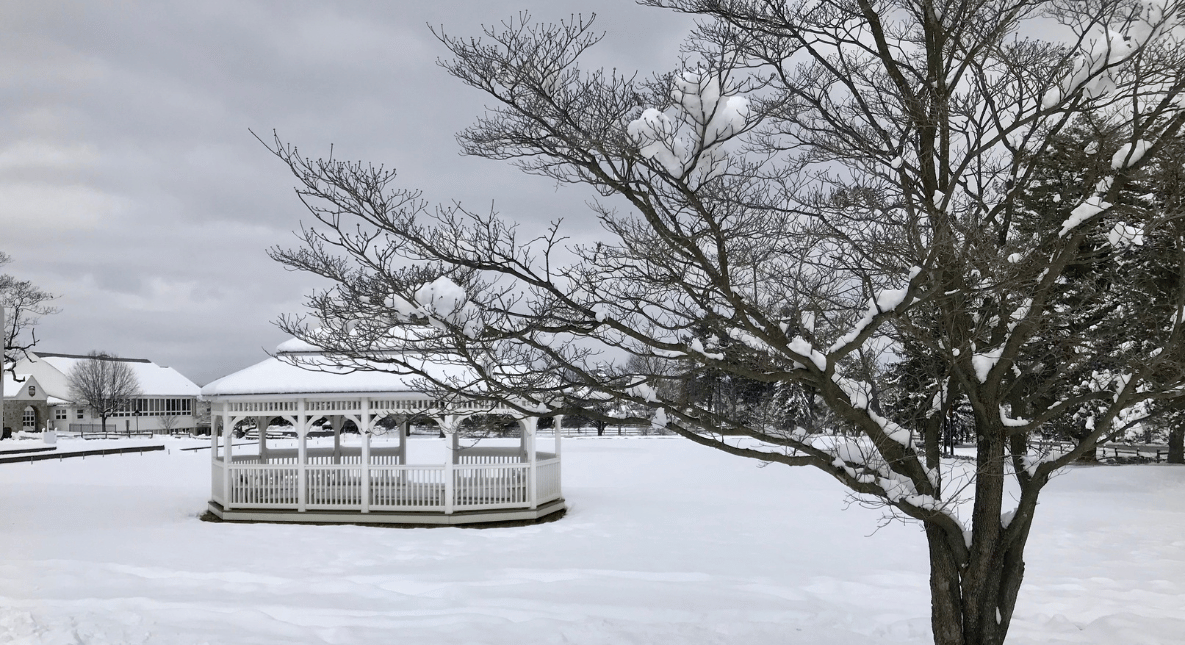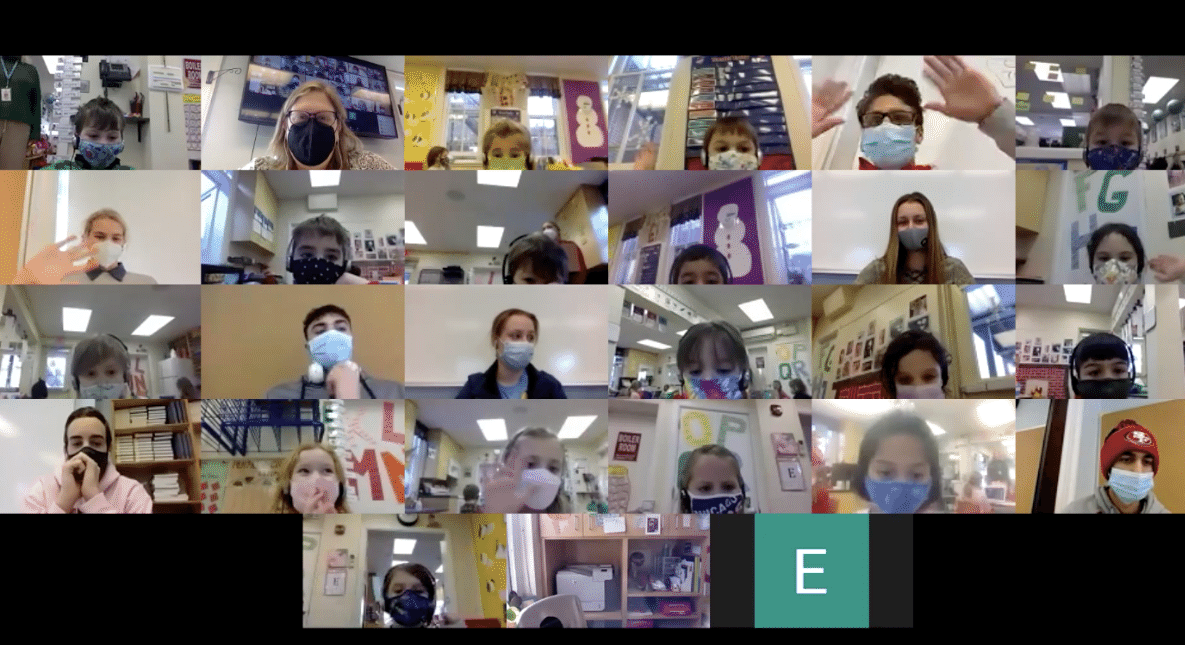Finding Solitude in Social Isolation
In the Solitude and Loneliness class last semester, we read novelist and critic Doris Grumbach’s Fifty Days of Solitude, a slim volume of her personal experiment to self-isolate in her coastal Maine farmhouse during the winter of 1993.
Grumbach allowed herself the austere comforts of her home and some outings for basic necessities-- but did not engage with anyone. When we read this text in October, I remember our class discussions about Grumbach’s self-imposed “solitude” and our collective doubt that she was really in isolation. Was it ‘real’ solitude if she could listen to the radio? Was it ‘real’ solitude if she went to the post office to pick up mail but didn’t talk to anyone and kept at a distance?
It occurs to me now that Grumbach’s self-isolation is what we are all experiencing with COVID-19. We are in our homes with its comforts, and if we venture out into the world, we must exercise social distancing. I think now we can say that, yes, Grumbach’s isolation is real.
Early in the text, Grumbach writes of the most significant consequence of her living in self-isolation: the discovery of her own inner life. She must confront herself as there is nothing else around to distract her:
“In this way, living alone in quiet, with no vocal contributions from others, no sounds (except music) from beyond my own ear, I was apt to hear news of an inner terrain, an endolithic self, resembling the condition of lichens embedded in rock.” (3)
I was struck by this image, and as a class, we wrote in our journals about that embedded, inner, endolithic self that solitude brings out. We discussed this question: Does being alone in solitude force us to confront our true selves?
It was hard then to grapple with this question as we had never personally experienced anything like what Grumbach was describing. Now, I believe we all know what Grumbach is talking about, and it may be uncomfortable to confront yourself daily without the distractions of other people or the outside world. You may be finding yourself in a malaise during this current isolation, or even in emotional distress as Grumbach did: “Solitude became the rich breeding ground for my natural depression because I had ruled away every possible deterrent: phone calls, dinners out, television, even the radio most of the time…” (35).
When we discussed Grumbach’s work, we watched a short Youtube video, “The Psychology of Solitude" (seen below), and it helped us with our understanding of being alone and experiencing solitude.
While the Solitude and Loneliness class did not solve the problem of loneliness in humans, we did find ways to combat it: meditation, reflection, creativity, the arts, and outdoor recreation. All of these activities can help us cope now. Grumbach kept a diary of her observations for fifty days, and the result was her creative work we can all read now. We have more tools than we think we do to combat the loneliness that accompanies our isolation. Author and meditation teacher Oren Jay Sofer wrote, “Loneliness is a loss of connection. Solitude is the discovery of connection deep within ourselves.” Even though our current social isolation is difficult, perhaps we can see this moment in time as an opportunity to reconnect with ourselves and find, like Grumbach, our own “inner terrain.”


 myMA
myMA











